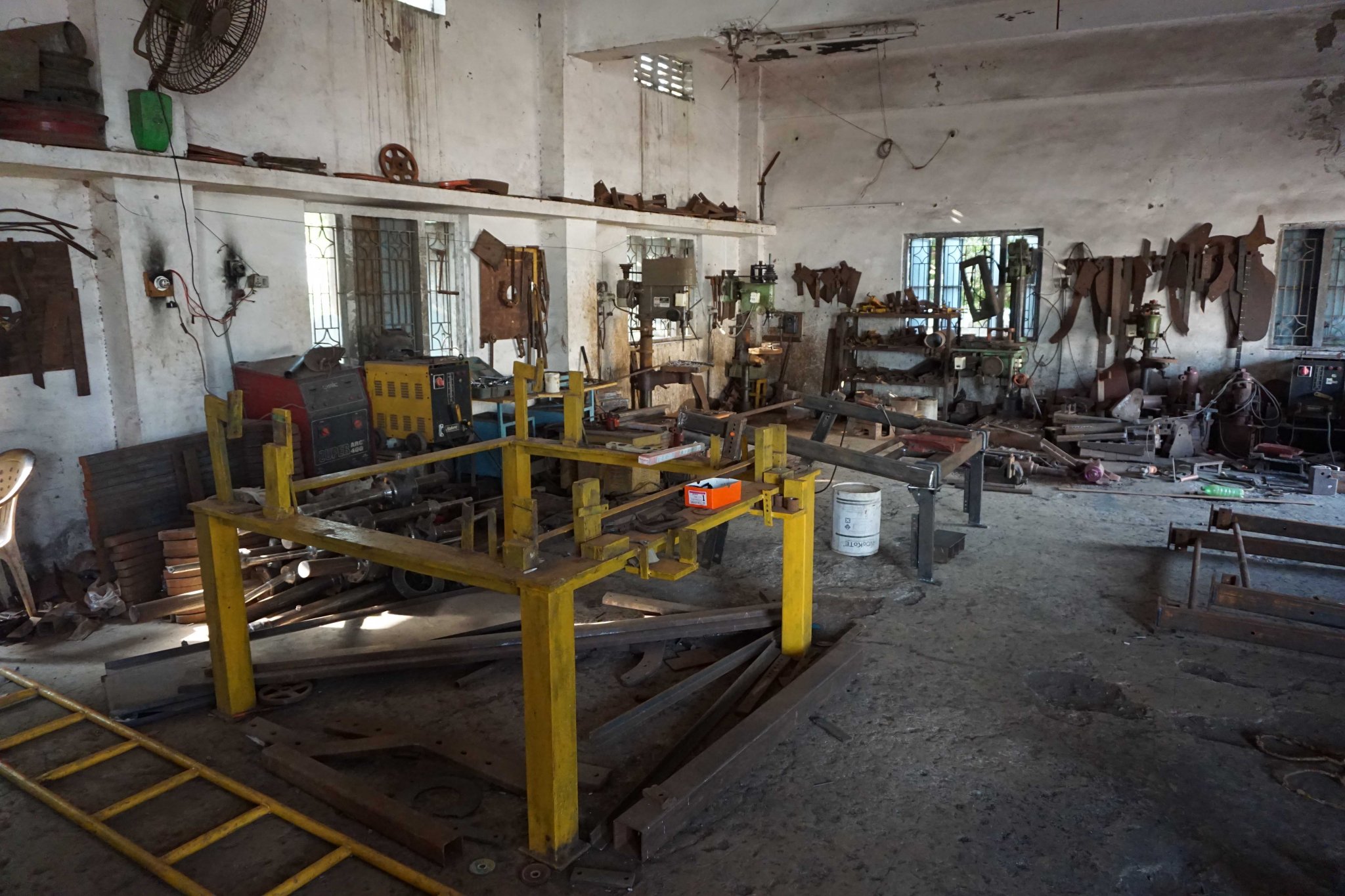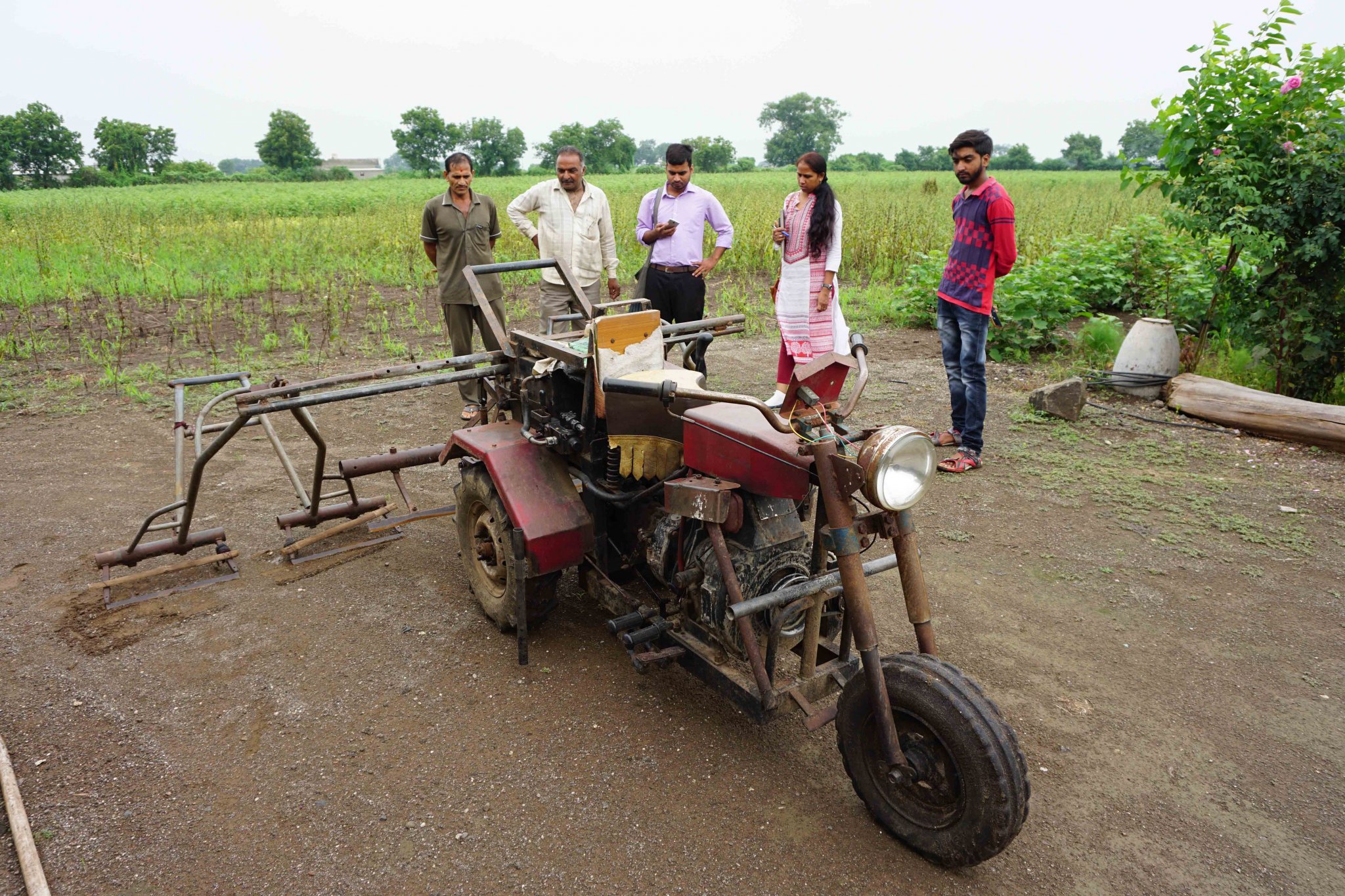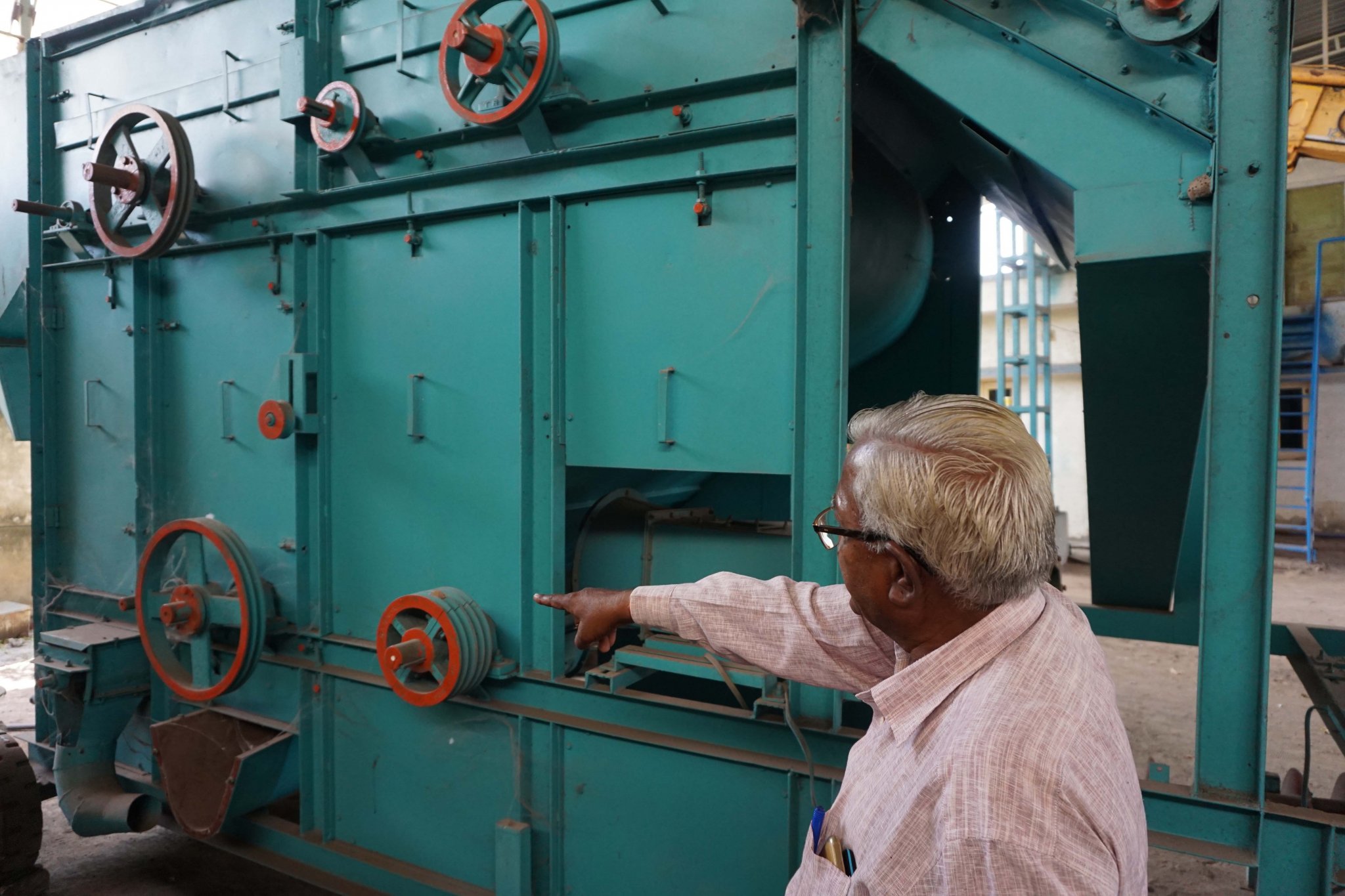In short
This dissertation explores issues related to the complex grand challenge of global poverty and income inequality, and how entrepreneurs and entrepreneurial teams cope in these complex environments. More precisely, the focus is on grassroots entrepreneurs and entrepreneurship as a solution to poverty. The dissertation consists of three papers. In the first one I look at how innovative grassroots entrepreneurs develop, commercialize and scale their innovations.
The second paper aims to understand the support structure around these entrepreneurs. The geographical context for this research is India, which is among the countries with high income inequality. At the same time, the dissertation also aims to understand the challenges related to cross-border and cross-cultural entrepreneurial innovation processes where the entrepreneurs are well-embedded in one environment but outsiders in another.
Purpose and methods
This dissertation research revolves around two categories of entrepreneurs. Firstly, grassroots entrepreneurs are people who often have no or a low level of education, they live far away from urban centers, have an unstable financial situation and are thus isolated from the formal sectors in society. These entrepreneurs develop innovations to solve problems they or another member of their community face in the everyday life. The data for this research project is from India and consists of four entrepreneurs and the organizations supporting the entrepreneurs. Secondly, the dissertation looks also at impact entrepreneurs from developed countries innovating solutions for the low-income populations in developing countries. For this research project, I look at the early phases of development of four enterprises from Finland and the US.
As a whole, the dissertation research aims to answer the research question of how innovations are developed in and for the resource-scarce environments and how that is supported? Further, each paper also has a narrower research question:
How do grassroots entrepreneurs scale their enterprises in resource-scarce environments?
How are organisations working to support low-income innovators in becoming an entrepreneur in the developing country context?
How do proximities influence entrepreneurial innovation processes when developing solutions for low-income markets in emerging economies?
The data collection for this dissertation consists of interviews and observational data from the field, as well as archival data. I visited India for a 6-week field trip to collect data on grassroots entrepreneurs. Together with a local research assistant and an interpreter for the local dialects, we visited six entrepreneurs and three organisations that support the grassroots entrepreneurs. In addition to that, I interviewed four startup teams and some stakeholders based in Finland and the US.
Articles
In the first paper, I study how grassroots entrepreneurs scale up their enterprises. In this study, I develop a scaling model (internal link to the model if possible) that shows how the entrepreneurs utilise both the locally available resources and their expanding network to scale their enterprise. When poverty is coined as a solution to poverty, it is typically discussed as necessity-motivated entrepreneurship. These are entrepreneurs who become entrepreneurs due to the lack of other alternatives. For example, they buy in the morning a stack of goods to be sold during the day, and the money made at the end of the day should cover dinner, education of the children and other household expenses, and it serves as the capital for the next day’s goods purchased to be sold on the streets again.
While this works as a short-term solution on the individual level, I argue in this paper that this kind of entrepreneurship has little growth potential and hence little poverty alleviation potential in the longer term and on a larger scale. The entrepreneurs in this study have developed an innovation which has a market, and through the practical and financial support from formal organisations the legitimacy as entrepreneurs grows and eventually they reach the larger state-level market.

In the second paper, I dive deeper into the support given to the grassroots entrepreneurs. In that study, I find that a network of organizations working closely together supports the entrepreneurs. They give support on an individual and private level, but also in a societal and public way. The grassroots entrepreneurs need assistance for example with practical matters of running a business, with safety, design and usability of the innovation, and financial support. Further, they go to the entrepreneurs, translate all the materials in a language they understand and provide mental support. Thirdly, the organizations recognize the grassroots innovators for their work done by awarding them and applying for a patent with them. On the societal level, the organizations work to make the grassroots innovators visible in society. For example, the representatives share the stories of innovators in the media, some innovations were featured in a Bollywood movie and the innovations are collected into a large database, which shows the size of the phenomenon.
Through these activities collectively, the organizations working with the entrepreneurs aim to establish and strengthen the institution of grassroots entrepreneurship and increase the opportunities for innovators and entrepreneurs from the informal and low-income parts of society. Many life-changing innovations are developed by universities and startups based in developed countries but practice has shown that it is difficult for these innovations to reach their full potential. In the third paper, we illustrate why the process is so challenging despite having many resources available. Taking a processual view and looking at the cases through a network theory lens, we find that a major bottleneck is the distance between the reality of the firm and the reality of the user. This is reflected in not understanding the physical environment in which the product is used, the user needs for the innovation and the purchasing power of the users. For example, working with local partners is very important, as well as taking an iterative approach to the product development.
Contribution and implications
This dissertation contributes to the understanding of innovation and entrepreneurship in relationship to poverty alleviation. It looks at low-income entrepreneurs and more specifically grassroots entrepreneurs, which is a group frequently ignored in academic discourses. It is a unique group because they are innovative and develop, commercialize and scale their innovation. Further, the dissertation aims to understand the specific challenges and opportunities for innovations from developed countries but aimed at solving problems in the developing countries. While these enterprises have access to funding and the ability to discuss technological issues with experts, it is difficult to reach the market due to the physical and cultural distance. It is difficult to answer whether entrepreneurship is an effective solution to poverty.
Based on this dissertation research, I am inclined to say that it depends on the type of entrepreneurship. The imitative, small-scale activities of necessity-motivated entrepreneurs with low profit margins serve as income even though highly unstable and fluctuating. Hence, this type of entrepreneurship serves as reinforcing the stereotypes associated with people living in poverty. These are for instance informality linked with criminality, poor quality and unreliability. However, innovation-driven entrepreneurship does serve as a tool for poverty reduction, when appropriately supported, not only for the entrepreneurs but also for their communities through job creation. Furthermore, entrepreneurship can also have a positive impact through the innovations developed.


